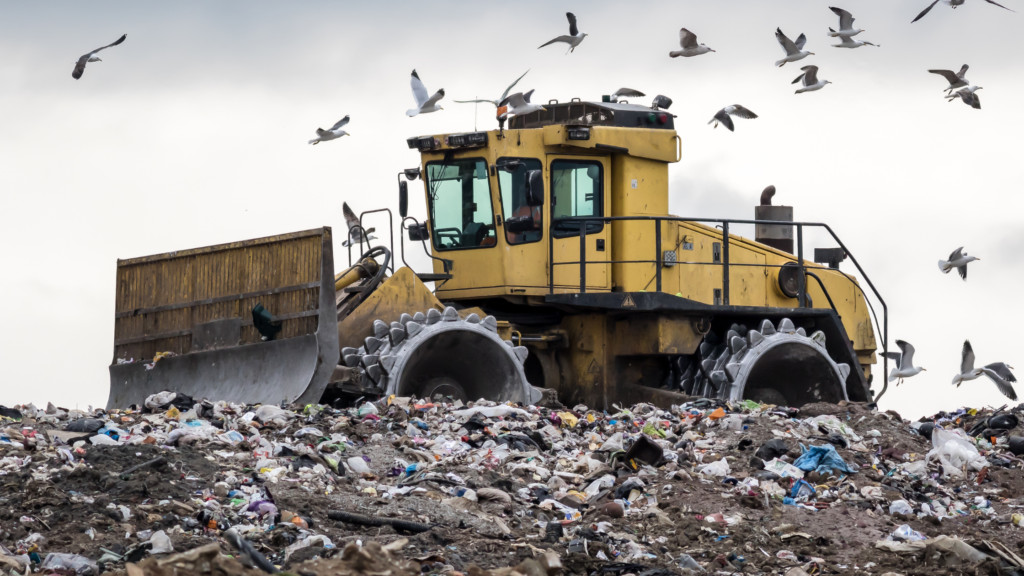Reducing inventory waste can have significant economic, social, and environmental impacts on businesses. But how can companies tackle this issue?
One way to address this issue is by adopting a Triple Bottom Line (TBL) approach to inventory management. In this post, we will discuss the three pillars of TBL and explore how they are linked to reducing inventory waste. We will also examine the challenges businesses face in adopting a TBL approach to inventory management and offer practical solutions for overcoming these challenges.
The Three Pillars of Triple Bottom Line Triple Bottom Line is a business framework that aims to balance economic, social, and environmental concerns. It is based on the idea that businesses should be held accountable not only for their financial performance but also for their impact on people and the planet. The three pillars of TBL are economic social, and environmental sustainability.

Economic sustainability refers to the financial performance of a business. It includes factors such as revenue, profitability, and return on investment. Adopting a TBL approach to inventory management can lead to cost savings and increased profitability by reducing waste and optimizing inventory levels. For example, reducing excess inventory can free up working capital, reduce the risk of inventory obsolescence, and improve cash flow.
Social sustainability refers to the impact of a business on people and communities. It includes factors such as labor practices, community involvement, and customer satisfaction. Adopting a TBL approach to inventory management can improve working conditions for employees and benefit local communities.

For example, reducing inventory waste can help to reduce the amount of waste sent to landfills, which can benefit local communities by reducing the environmental pollution. Environmental sustainability refers to the impact of a business on the natural environment. It includes factors such as resource use, waste generation, and carbon emissions.
Adopting a TBL approach to inventory management can minimize the negative impacts of production and distribution on the environment. For example, reducing inventory waste can help to conserve resources, reduce the carbon footprint of a business, and support a circular economy.
The Link Between Triple Bottom Line and Reducing Inventory Waste There is a strong link between adopting a TBL approach to inventory management and reducing inventory waste. As we have already seen, reducing inventory waste can lead to cost savings and increased profitability. In addition, reducing inventory waste can also improve environmental sustainability by minimizing the negative impacts of production and distribution on the environment.

For example, a business that adopts a TBL approach to inventory management may prioritize the use of eco-friendly packaging materials to reduce waste and minimize the carbon footprint of its operations. The business may also implement a program to reduce excess inventory by optimizing production and distribution processes, which can reduce the risk of inventory obsolescence and help to conserve resources.
Challenges to Adopting a Triple Bottom Line Approach to Inventory Management While the benefits of adopting a TBL approach to inventory management are clear, businesses face several challenges when trying to implement this framework. One challenge is the short-term focus on profits, which can make it difficult for businesses to justify the long-term investments needed to achieve sustainability goals.
Another challenge is a lack of awareness about the benefits of sustainability, which can make it difficult to gain buy-in from key stakeholders. According to Morgan Stanley’s Institute for Sustainable Investing 2021 report, 79% of all investors and 99% of millennial investors — the latter an all-time high — reported interest in sustainable investing. Each year, more stakeholders are taking an interest in sustainable companies.
Finally, measuring and communicating the impact of sustainability initiatives can be challenging, particularly for smaller businesses with limited resources.
How to Overcome these Challenges and Adopt a Triple Bottom Line Approach to Inventory Management
To overcome these challenges, businesses should take a strategic approach to implement a TBL approach to inventory management. This may involve establishing clear sustainability goals and metrics, engaging with stakeholders, including suppliers, customers, and employees, and using technology to support sustainability initiatives.

For example, a business could establish clear sustainability goals, such as reducing carbon emissions by 10% over the next five years. To achieve this goal, the business could invest in renewable energy sources, such as solar or wind power, and implement energy-efficient technologies. The business could also engage with stakeholders, such as suppliers, to ensure that they are also committed to sustainability goals and are using eco-friendly practices in their operations.
Using technology to support sustainability initiatives is another important step in adopting a TBL approach to inventory management. Technology can be used to automate inventory management processes, monitor, and track inventory levels, and optimize production and distribution processes. For example, a business could implement a solution similar to The Owl’s Inventory Expiration Module which tracks inventory levels in real-time, identifies areas of excess inventory, and makes recommendations for optimization.
In conclusion, adopting a TBL approach to inventory management is critical for reducing inventory waste in supply chains. By balancing economic, social, and environmental concerns, businesses can achieve cost savings, improve working conditions for employees, and minimize the negative impacts of production and distribution on the environment.
While there are challenges to adopting a TBL approach to inventory management, businesses can overcome these challenges by taking a strategic approach and using technology to support sustainability initiatives. By doing so, businesses can achieve a competitive advantage in a rapidly changing marketplace and contribute to a more sustainable future.
